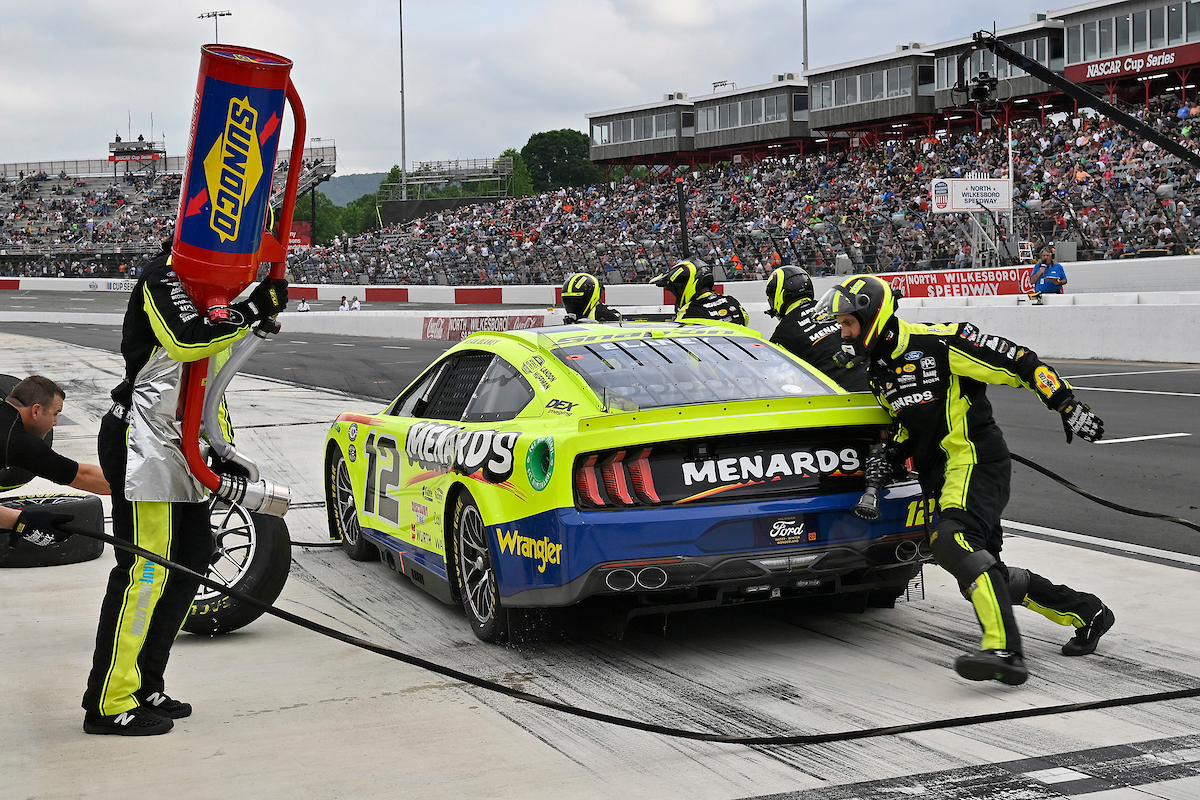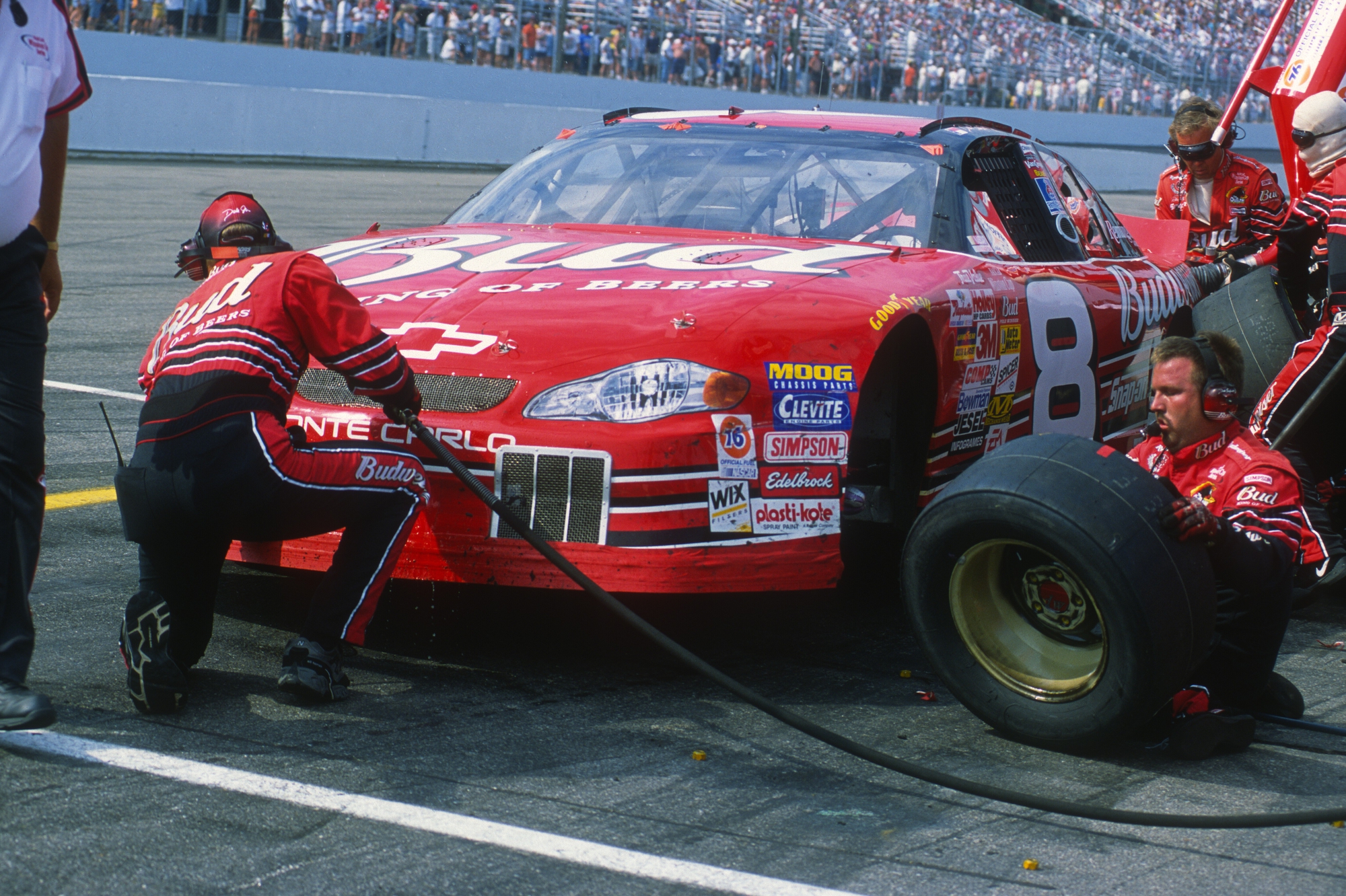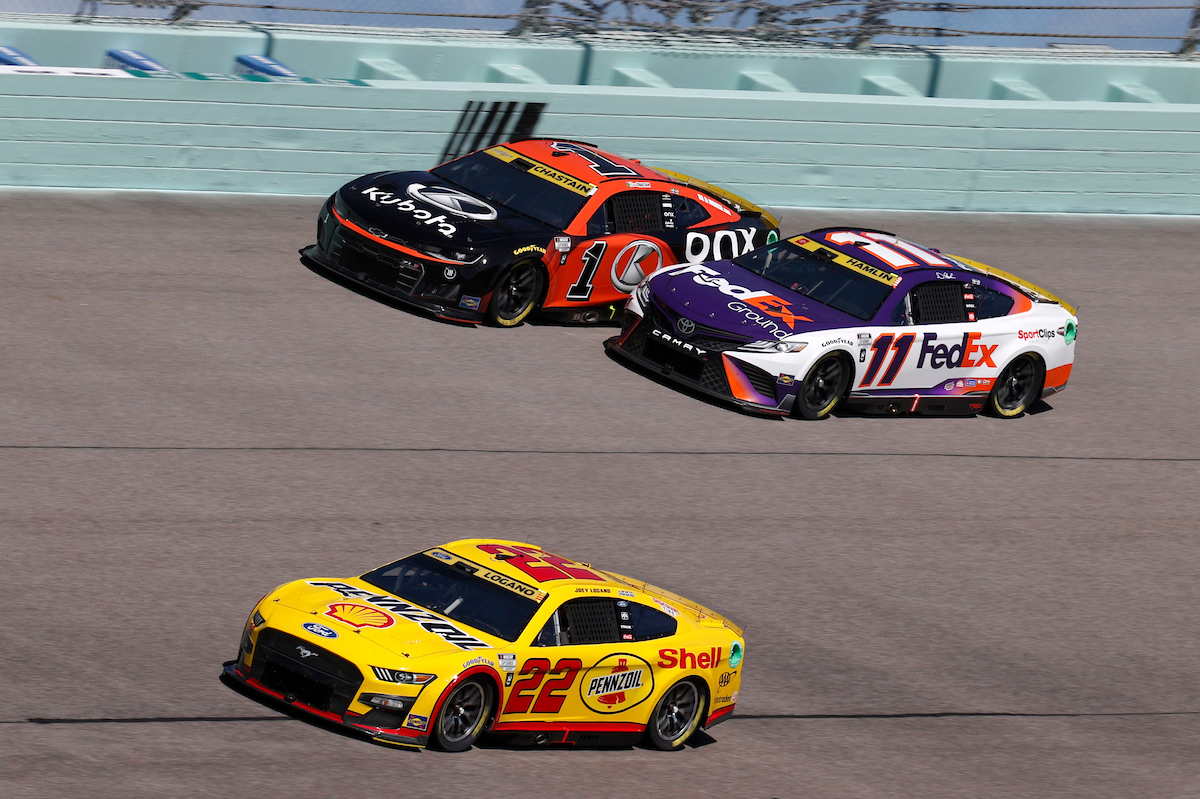How NASCAR Points Work
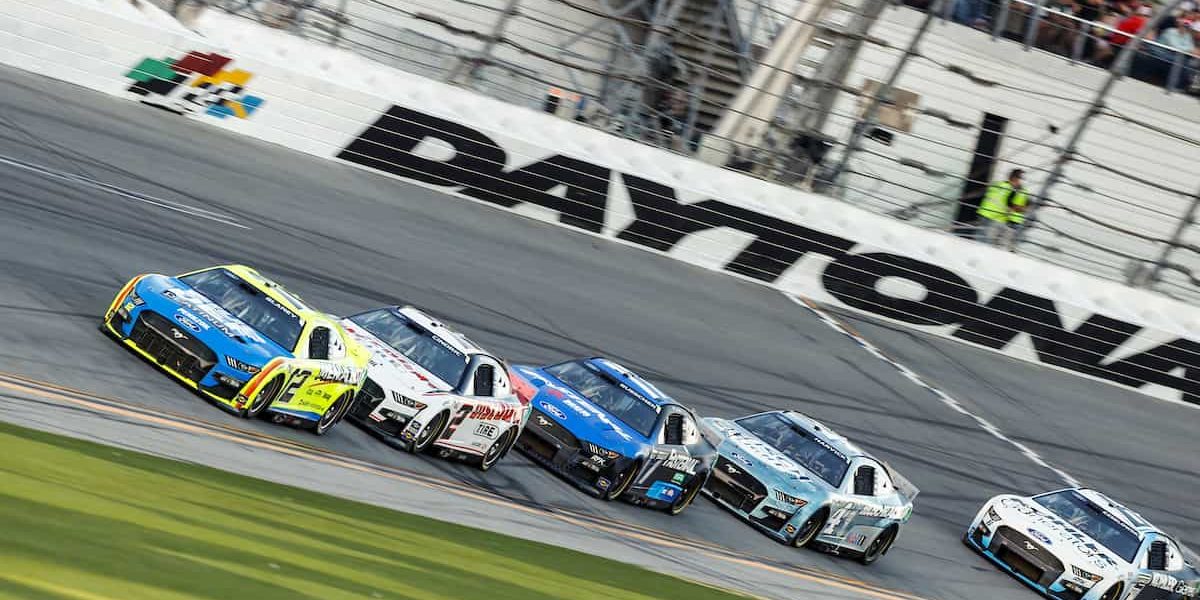
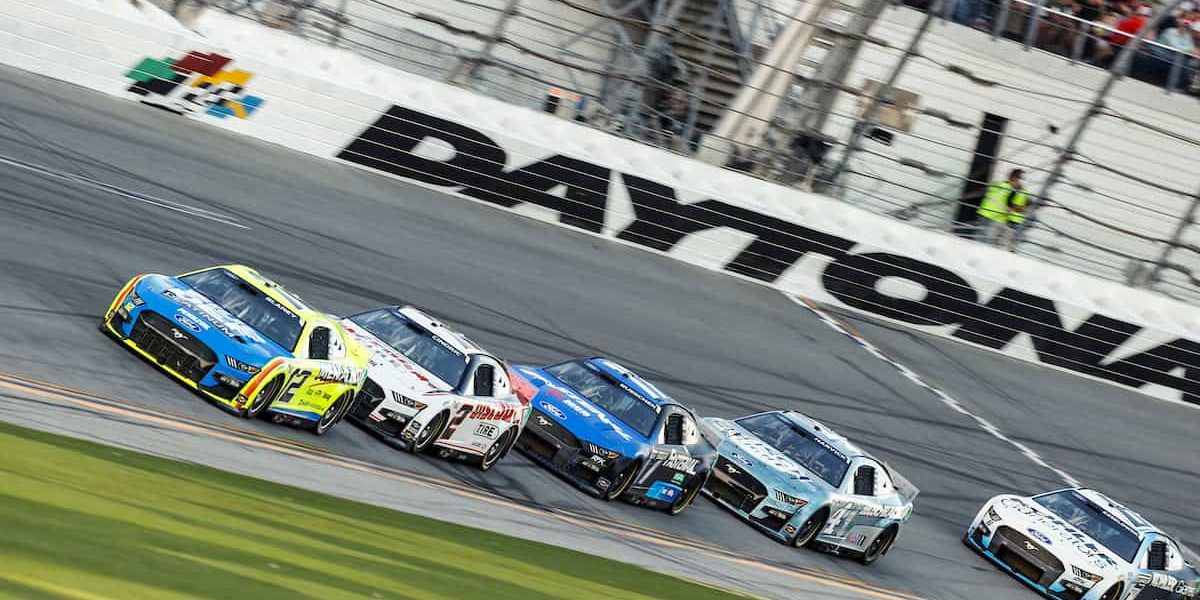
With the Daytona 500 kickoff just days ago, let’s take a quick review of how NASCAR points work.
NASCAR points work a little differently than most other sporting events like Formula 1 and IndyCar. In NASCAR, points are awarded from a maximum of 40 points to the first-place finisher, 35 points to the second-place finisher, and all the way down to one point for the 36th to the 40th-place finishers. A driver’s standings and owner’s standings are determined by these points earned over a season.
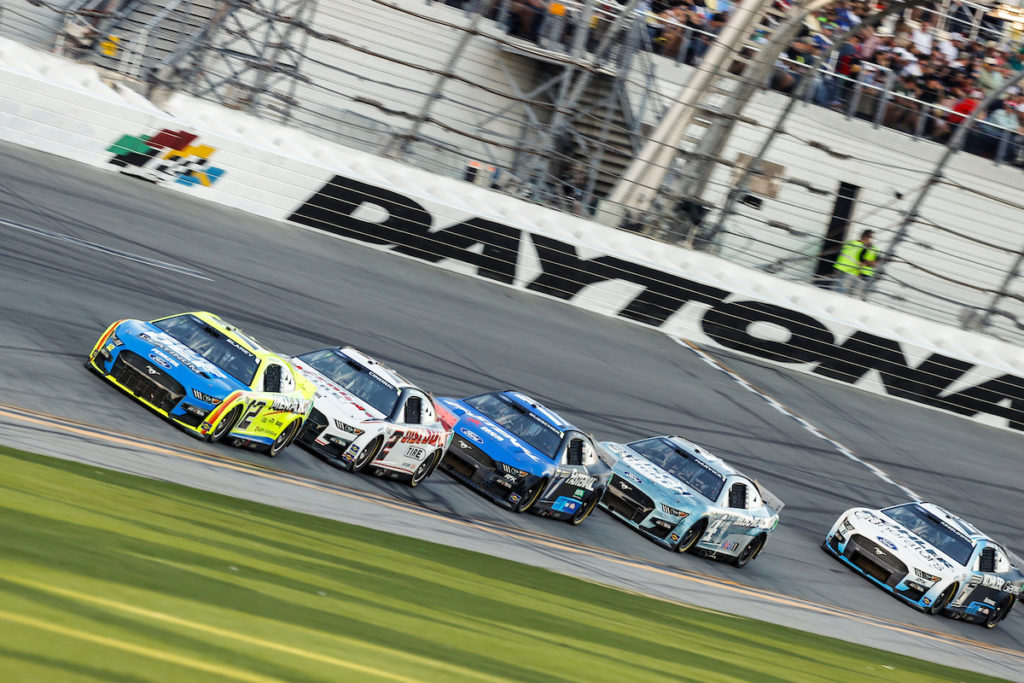
Table of Contents
Introduction
NASCAR is one of the most popular auto racing leagues in the United States. It is made up of three national touring series: the Monster Energy NASCAR Cup Series, the Xfinity Series, and the Camping World Truck Series. Each series has its own playoffs that culminate with a season-ending championship race.
The Monster Energy NASCAR Cup Series is the top-level NASCAR series and is considered to be the most prestigious. The season consists of 36 races, and the drivers that accumulate the most points throughout the season are crowned the champions.
NASCAR has a point system that awards points to drivers and teams based on their finish in each race. The points are used to determine the season-long champion. The driver who accumulates the most points over the course of the season is the NASCAR champion.
With a maximum field of 40 teams in the NASCAR Cup Series, the 36 Chartered teams are guaranteed a spot in every race.
NASCAR points system basics
NASCAR’s points system is a little bit more complicated than other racing series. The points system is designed to make the championship battle more competitive and interesting for fans.
There are 36 races in which points are accumulated. At the conclusion of the 26th race, the regular-season finale at Daytona, the playoffs begin for the 16 drivers that qualify for the Round of 16.
There are three different types of points that can be earned during a NASCAR regular-season race: race points, stage points, and playoff points. As mentioned, race points are up to 40 points.
Take a look at how drivers earn points based on finishing position at the end of the Final Stage:
| Finish in Race | Finish Points |
| 1 | 40 |
| 2 | 35 |
| 3 | 34 |
| 4 | 33 |
| 5 | 32 |
| 6 | 31 |
| 7 | 30 |
| 8 | 29 |
| 9 | 28 |
| 10 | 27 |
| 11 | 26 |
| 12 | 25 |
| 13 | 24 |
| 14 | 23 |
| 15 | 22 |
| 16 | 21 |
| 17 | 20 |
| 18 | 19 |
| 19 | 18 |
| 20 | 17 |
| 21 | 16 |
| 22 | 15 |
| 23 | 14 |
| 24 | 13 |
| 25 | 12 |
| 26 | 11 |
| 27 | 10 |
| 28 | 9 |
| 29 | 8 |
| 30 | 7 |
| 31 | 6 |
| 32 | 5 |
| 33 | 4 |
| 34 | 3 |
| 35 | 2 |
| 36 | 1 |
| 37 | 1 |
| 38 | 1 |
| 39 | 1 |
| 40 | 1 |
Stage points are awarded to drivers who finish in the top ten at the end of each stage and are up to 10 points. All the points earned in each stage are then combined with the points earned following the Final Stage to determine the final results.
Check out the stage points breakdown below:
| Stage Finish | Points |
| 1 | 10 |
| 2 | 9 |
| 3 | 8 |
| 4 | 7 |
| 5 | 6 |
| 6 | 5 |
| 7 | 4 |
| 8 | 3 |
| 9 | 2 |
| 10 | 1 |
The winner of each race will also earn 5 points for the playoffs, while the winner of Stage 1 and/or 2 will earn 1 playoff bonus point.
Playoff points are added to a driver’s point total after the points reset at the beginning of the playoffs, and each stage thereafter if the driver is still eligible for the championship.
As a bonus, the driver with the most points at the end of the regular season will receive 15 playoff points.
How the chase for the cup works
Regular season races are the first 26 Cup Series races of the year, while playoff races are the final 10. There aren’t many rules in NASCAR but you can almost guarantee your spot in the playoffs if you win a race during the regular season.
In the event that playoff spots are not filled as a result of race wins, the final positions are determined by points.
The playoffs last 10 races, and they’re broken up into four segments. The first three segments are the Round of 16, Round of 12 and Round of 8 and are each three races long. The four drivers who will compete in Phoenix Raceway’s Championship race—a one-race segment—are determined through these eliminations.
What happens if there is a tie?
In NASCAR, it is almost impossible to have a tie. In rare chances that there are ties during the regular-season finale for playoffs qualification, ties are broken based on the number of wins followed by points.
Point Systems for NASCAR in the past
NASCAR didn’t always follow the current scoring system. A lot of changes were made over the years to come up with what NASCAR now uses.
From 1975 to 2002, drivers could earn up to 175 points. By 2010, the points to be earned was up to 185 points. In 2011, NASCAR changed the points and awarded 43 points for the winning driver to 1 for the last placer.
NASCAR started using the current scoring system in 2017.
Final thoughts: How NASCAR Points Work
NASCAR uses a points system to determine the winner of its races. The points system is also used to determine the drivers who will compete in the NASCAR playoffs at the end of the season. The points system is complex and can be difficult to understand for people who are not familiar with it.
The basic idea behind the NASCAR points system is that drivers earn points based on their finishing position in a race. The driver who earns the most points at the end of the season is the NASCAR champion.
Curious how the NASCAR Cup Series playoffs work? Check this article!








